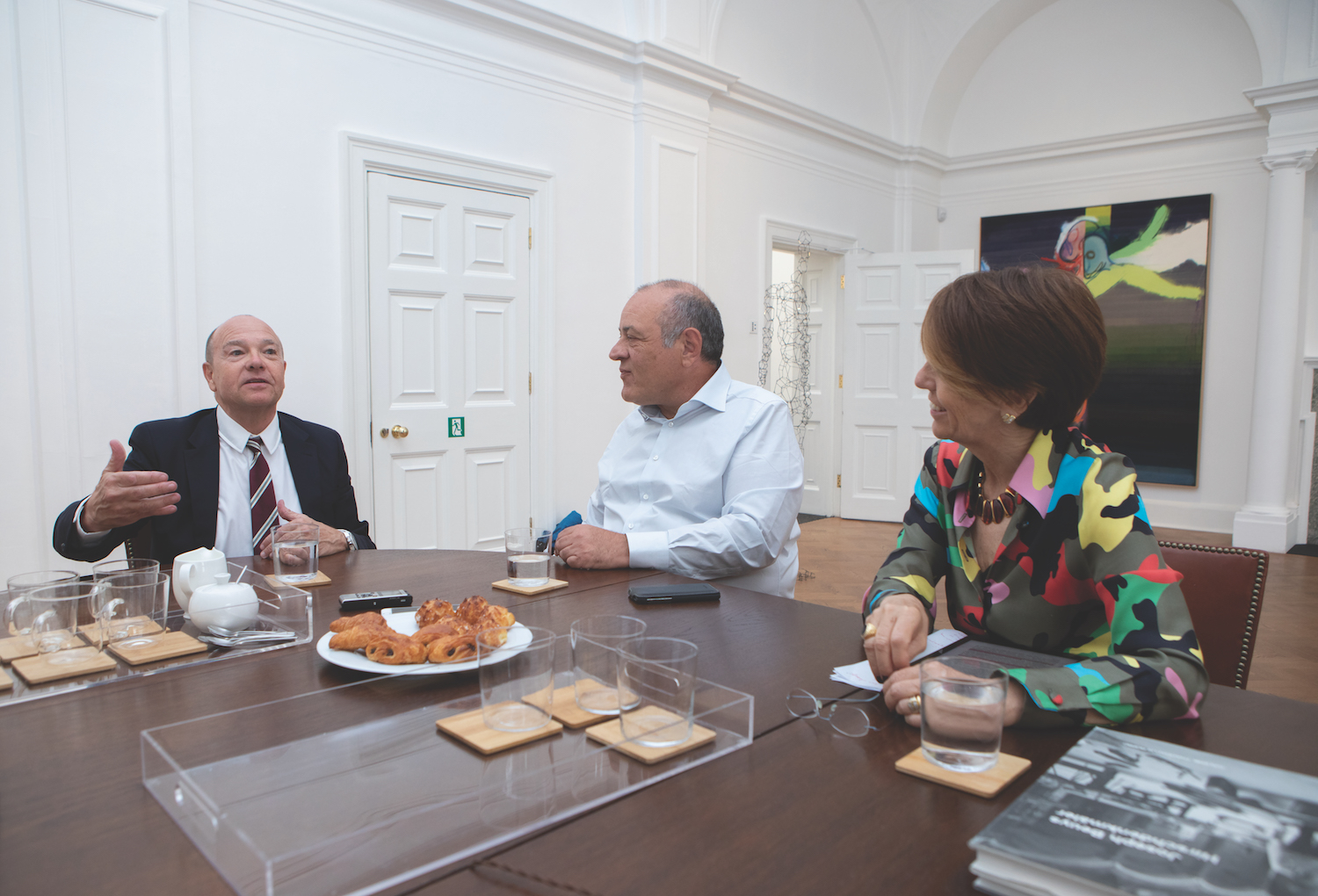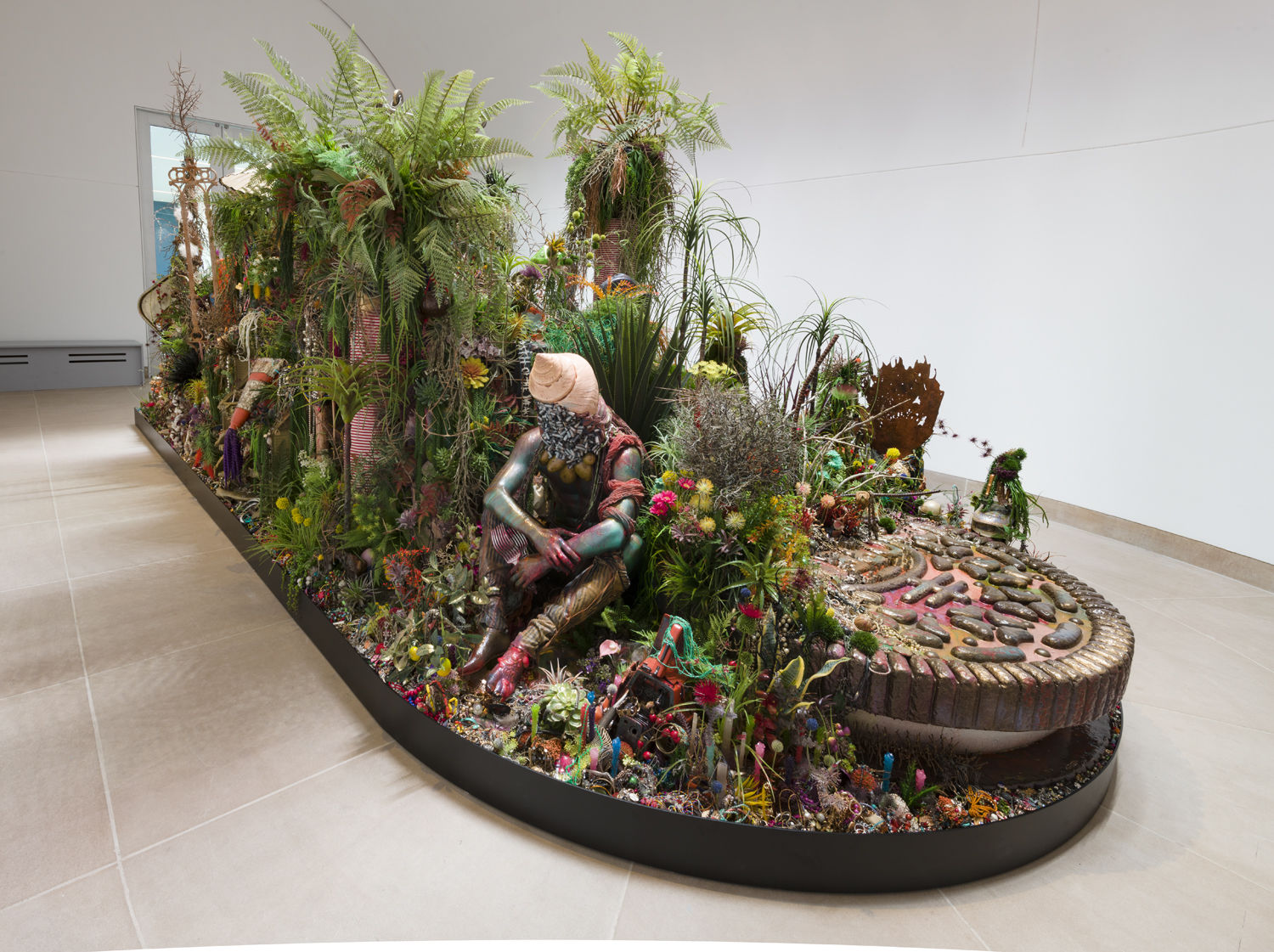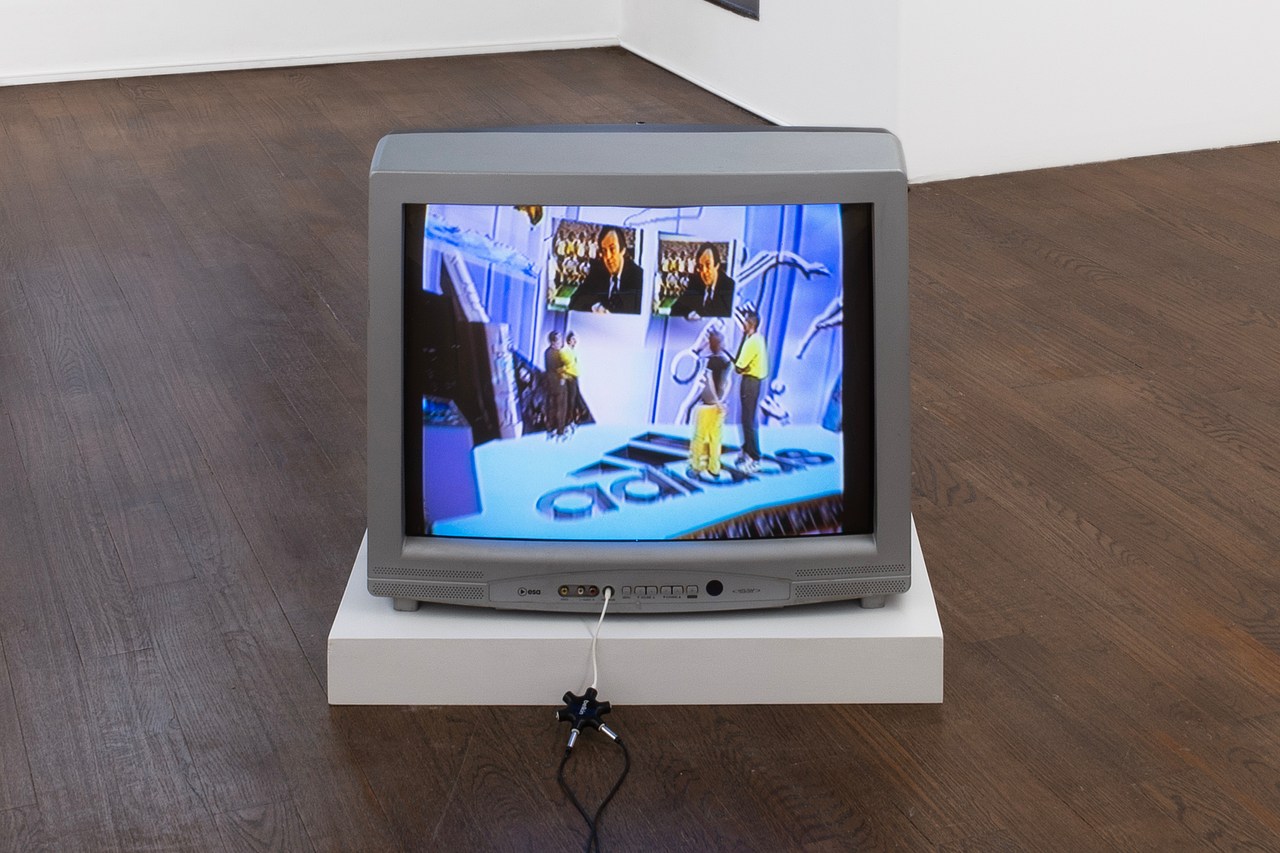Drawn and Quartered
2007 - Film & Video (Film & Video)
8 minutes
Claudia Joskowicz
The primary interest in the trilogy is Joskowicz’s use of cinematic space, with long tracking shots that portray resistance to habitual viewing experiences of film and television. Video plays a role in the relation between the use of her locations and the stories of actual figures depicted as central in the frame. The meaning behind these historical icons such as Che and Cassidy, speak to their stories as itinerant figures whom traveled in a preglobalized era through borders and cultures in order to escape the law or overthrow it. The camera work, and the stylistic and formal devices such as tracking and establishing shots, create narrativistic voids that offer the transference of new political or social meanings.
Claudia Joskowicz is a video and installation artist working at the intersection of landscape, history, and memory. Her works form unsettling scenes that reimagine public and private histories of Latin American individuals and communities. Blurring the line between documentary and fiction, these works often involve violent images to bring traumas to the present, and to offer a moment of catharsis for the ones who were affected by these incidents in some way. In her works, Joskowicz intentionally gives a great amount of power and agency to the camera, reminding the viewer of their passive role in the construction of history. In this way, the artist critiques technology as a medium that easily manipulates one’s interpretation of history, controlling what gets to survive in the public collective memory. As Joskowicz’s camera wanders around the landscape, or focuses on one of the protagonists in her stories, the rest of the scene—and with it, other possible perspectives—fall into the dark, constructing yet another subjective historical narrative. It’s easy to focus on the slow movement of the camera more so than the actual event being recorded, which Joskowicz harnesses to remind her viewers that history is man-made. When texts or events are taken out of their context and technology is present to create an imaginary cinematic space, any narrative is possible.
Colors:
Related works sharing similar palette

© » KADIST
Clarissa Tossin
2012In Fordlândia Fieldwork (2012), Tossin documents the remains of Henry Ford’s rubber enterprise Fordlândia, built in 1928 in the Brazilian Amazon to export cultivated rubber for the booming automobile industry...

© » KADIST
Laura Henno
2018N°001 Djoubi et sa meute is part of a series of photographs by Laura Henno titled Ge Ouryao! ...
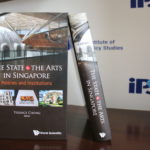
© » ARTS EQUATOR
Book Review: "The State and The Arts in Singapore: Policies and Institutions" | ArtsEquator Thinking and Talking about Arts and Culture in Southeast Asia Articles Images courtesy of Institute of Policy Studies, Singapore April 9, 2019 By Chin Ailin (734 words, four-minute read) Commissioned by the Institute of Policy Studies of Singapore (IPS) to trace the course of cultural policy in Singapore from the 1950s to the present, The State and the Arts in Singapore: Policies and Institutions is a comprehensive tome that should serve as an essential text in time to come for any student’s introduction to Singapore’s arts and cultural policies...

© » ARTS EQUATOR
MervEspina and the Green Papaya Art Projects (via The Myanmar Times) | ArtsEquator Thinking and Talking about Arts and Culture in Southeast Asia Articles September 22, 2018 With the support of Japan Foundation and collaboration of Myanm/Art, MervEspina, artist and researcher from Philippines talked about Green Papaya Art Projects whose essence can be rendered as ‘never ripe, never rotten’...

© » KADIST
Ayoung Kim
2019In 2019, Ayoung Kim traveled to Mongolia to research its widespread animistic belief system towards land, mother rock, stones, and sacred caves that purify human guilt...

© » SOUTH CHINA MORNING POST
French artist’s sea-life sculptures amaze and terrify in Hong Kong exhibition at Tai Kwun | South China Morning Post Advertisement Advertisement Art + FOLLOW Get more with my NEWS A personalised news feed of stories that matter to you Learn more French artist Jean-Marie Appriou with some of his sea-life sculptures at his exhibition “Magnetic” at Tai Kwun, Hong Kong...
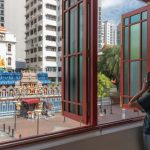
© » ARTS EQUATOR
Experiencing a slice of life: Artist’s Block by ArtWave | ArtsEquator Thinking and Talking about Arts and Culture in Southeast Asia ArtsEquator Viewpoints Zinkie Aw March 1, 2022 By Noorul Raaha As’art (830 words, 3-minute read) Waterloo Street is a smorgasbord of sensory experiences, from Hindu and Buddhist temples coexisting side by side, to old uncles and aunties hawking religious paraphernalia, shaded by their New Moon abalone umbrellas, and stalls offering acupuncture services, amongst other things...

© » KADIST
Gisela McDaniel
2020Got Your Back by Gisela McDaniel depicts two women of color from different ethnic backgrounds who share similar violent experiences...


